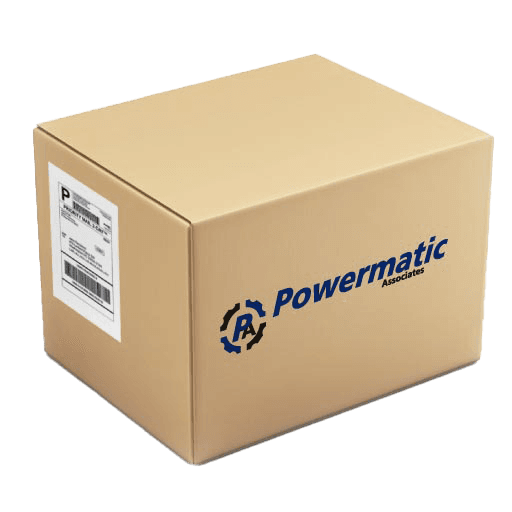| DXM1200-X2R3 Banner DXM1200-X2R3 - DXM1200 Industrial Controller: DX80 Performance Gateway 2.... | Banner | $695.00 | |
| DXM1200-X2R4 Banner DXM1200-X2R4 - DXM1200 Industrial Controller: Multihop Radio 2.4 GHz; Pow... | Banner | $695.00 | |
| DXM1200-B2R2 Banner DXM1200-B2R2 - DXM1200 Controller; Multihop Radio 900 MHz 1 W; M7 Process... | Banner | $595.00 | |
| DXM150-S2 Banner DXM150-S2 - DXM150 Modbus Slave Device; I/O Base Board Only; Inputs: 2 Di... | Banner | $499.00 | |
| DX80N2X1S-P14 NB Banner DX80N2X1S-P14 NB - DX80 Performance 2.4 GHz Node 65 mW; Internal Battery ... | Banner | $584.00 | |
| DX80N2X1W-CM1L NB Banner DX80N2X1W-CM1L NB - DX80 Condition Monitoring 2.4 GHz Node 65 mW; Interna... | Banner | $584.00 | |
| DXM700-CK9-V Banner DXM700-CK9-V - Area Monitoring Gateway; 900MHz ISM Radio; Verizon Cellula... | Banner | $949.00 | |
| DXM100-A2R1-A Banner DXM100-A2R1-A - DXM100 Controller AT&T; with 900MHz ISM radio; Inputs: 4 ... | Banner | $1,161.00 | |
| DX80N2X6S-PM8 PM Series Node - LCD for Diagnostics; 2.4 GHz IP67, NEMA 6; Inputs: Six Sourcing... | Banner | $599.00 | |
| DX80K2M6-PM2 PM2 Series Kit; Includes one gateway and one node; pre-mapped and pre-bound; 2.4... | Banner | $1,199.00 | |
















